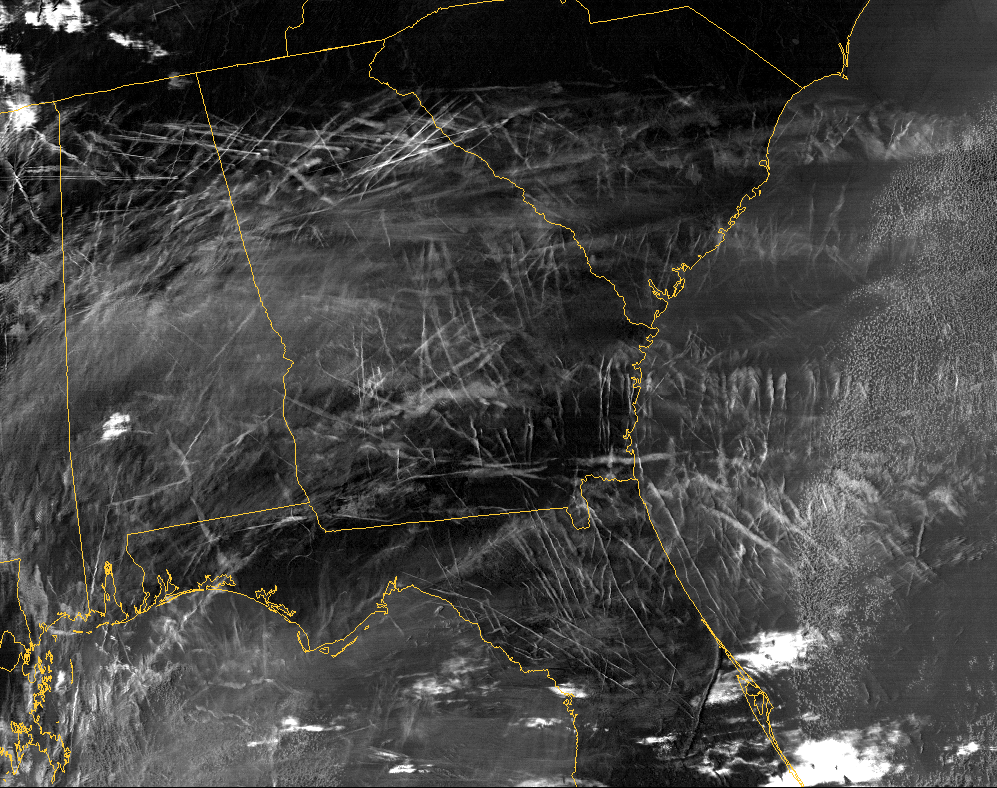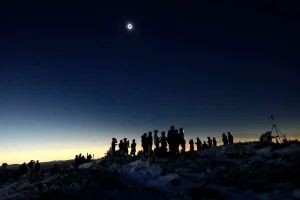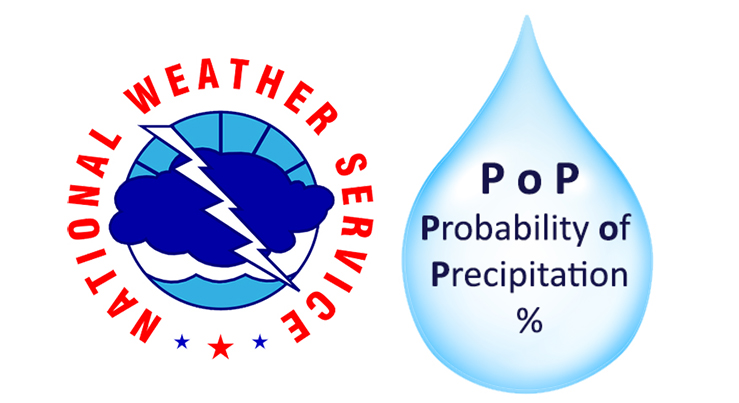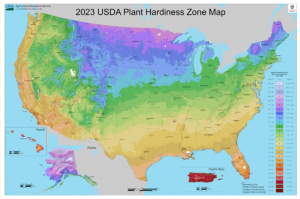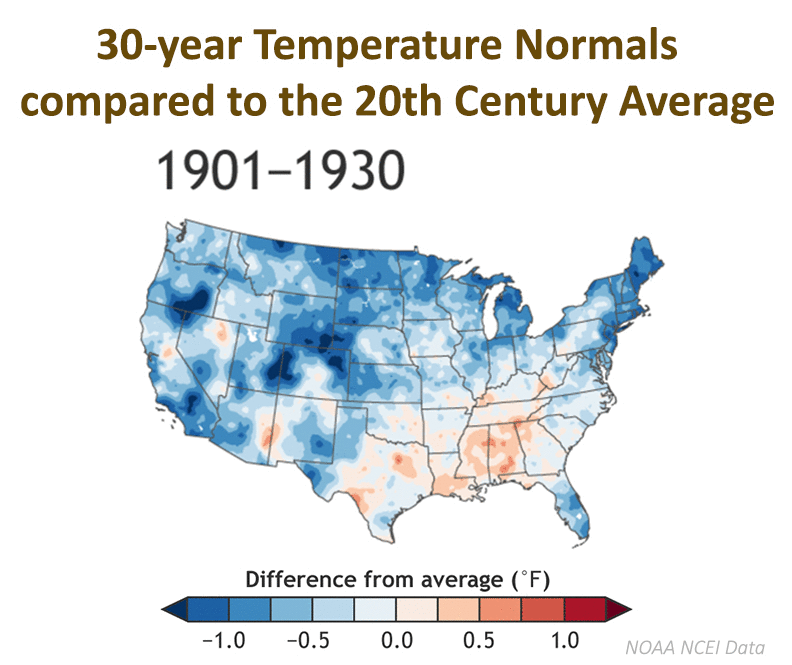For years we have fielded questions on our monthly radio show on WHA regarding the nature of condensation trails left in the wake of jet airliners.
These contrails are composed of ice crystals that develop from the exhaust of jet engines in portions of the atmosphere that contain sufficient water vapor. Sometimes these condensation trails can persist for a very long time because the environmental conditions are moist enough that sublimation (the direct transformation from solid ice to invisible water vapor) is easily resisted by the aircraft-produced ice particles.
Sometimes there is not enough water vapor available along a portion of a flight route for the formation of a trail. The variability of upper tropospheric water vapor is such that sometimes the same aircraft can create a condensation trail along a segment of its track and nothing along an immediately adjacent segment.
With the increase in air travel over the past half century, these interesting, thoroughly explainable and naturally occurring results of air travel have become the font of an enduring conspiracy theory which suggests the condensation trails are actually “chem trails” — short for “chemical trails.” The idea is that some governmental agency is responsible for producing these “chem trails” for any of a number of malevolent purposes, including altering precipitation patterns so as to create drought, altering the chemical composition of the atmosphere so as to promote global cooling, etc.
None of these theories is in any way valid — and all of them disregard the enormous scale of the clandestine enterprise that would need to be taking place in order for such schemes to have any discernible impact on the atmosphere. It has taken over a century of continuing, unchecked increase in carbon dioxide from the burning of fossil fuels to have produced the actual climate change that many of the same people warning about “chem trails” deny has even begun. And yet, just last week, the state of Tennessee succumbed to this nonsense and passed a bill that forbids “intentional injection, release, or dispersion” of chemicals into the air — code for eliminating “chem trails.”
We live in a strange time.
Steve Ackerman and Jonathan Martin, professors in the UW-Madison department of atmospheric and oceanic sciences, are guests on WHA radio (970 AM) at 11:45 a.m. the last Monday of each month. Send them your questions at stevea@ssec.wisc.edu or jemarti1@wisc.edu.

